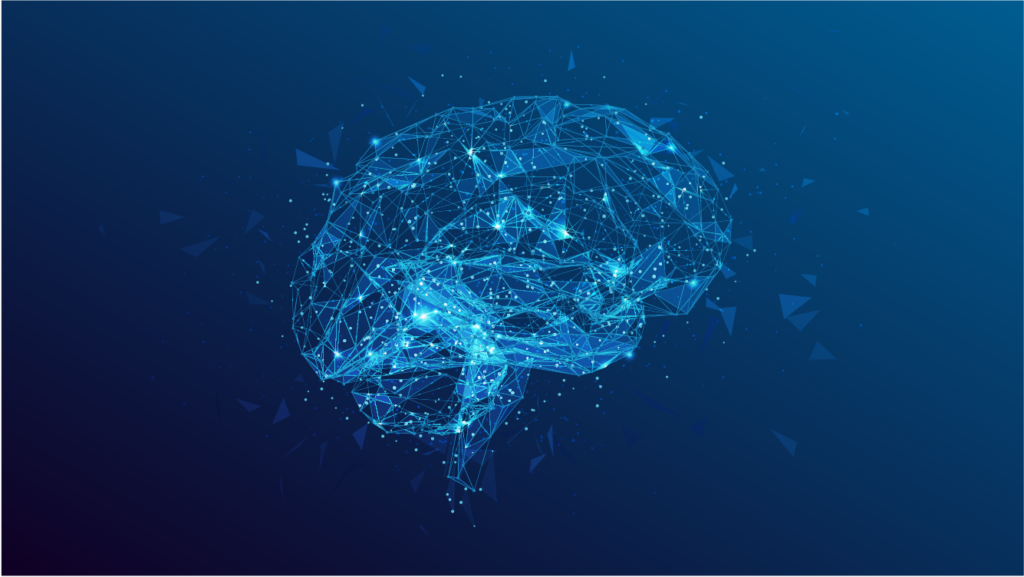By Laurie Hare
NeurOptimal® is a brain training method that helps adults and children develop self-regulation, flexibility, and resilience. Here’s how it works: While seated in a comfy recliner chair, sensors are placed on your ears and scalp. The sensors read the electrical signals of your brain at a rate of 256 times per second. No input goes from the sensors into the brain! The program software does receive information from the sensors.
During training, the client listens to music through headphones or earbuds, and watches a visual display on a monitor. For adults, the images are fractal-like; for children, age-appropriate videos can be played. The audio plays continuously when the brain is running smoothly. When the software, via the information received from the sensors, detects turbulence, it creates a mini-interruption in the music and visual display.
This interruption triggers an orienting response, which signals the brain to correct its internal patterns to accurately reflect here-and-now needs. As an example, if you find yourself responding to the scent of burning toast as being information telling you that your house is burning down, that is not an accurate response to the here and now! Experiencing this interruption during brain training provides the client with the opportunity to mentally let go of thought patterns that are habitual and not an accurate or appropriate response to the present.
For a descriptive comparison of this process, imagine that you are driving down the Vashon Highway and you veer off slightly onto the rumble strip. That sound and sensation of being on the rumble strip does not pick up your car and put it back in your lane. Instead, it gives your brain information that a decision needs to be made about whether or not to correct the path of your vehicle.
Instead of providing specific “direction,” NeurOptimal neurofeedback takes advantage of the brain’s natural learning processes, by encouraging it to function as originally designed. Neurofeedback allows the brain to reconnect with its own internal resources, to determine what response is appropriate in various situations, and how to best cope with this information. Frequently, neurofeedback is used in conjunction with talk therapy.
The feedback that the client receives during training, via the interrupts in the audio, stays with them outside of the session setting, in the “real world.” A large amount of research shows that NeurOptimal neurofeedback can increase confidence and overall well-being, reduce generalized anxiety, and promote restful sleep. Neurofeedback also supports mood stability and emotional self-regulation; this includes an improved tolerance for frustration and an improved ability to respond to stressful situations.
For people with sensory processing or attention deficits, neurofeedback can help improve self-control of attention, distractibility, impulsivity, and the ability to follow through on tasks. It is also helpful for people who are either oversensitive or under-responsive to sensory inputs such as touch, movement, sight, or sound. In general, people who use neurofeedback report feeling more alert, focused, and calm, with fewer intrusive thoughts, and decreased irritability.
A general guideline is to receive between 10 and 30 sessions. The number of sessions varies depending on why the person is training. When clients have more stressors, they often want more training. Clients can stop having sessions whenever they feel ready, and can return as needed for booster sessions to tune up and strengthen what the brain has already learned. Appointments are scheduled for one hour, to allow time to set the client up with the sensors, and then for closure at the end of the session. The actual session lasts for 44 minutes.
Laurie Hare is an occupational therapist who has been in private practice on Vashon since 1988; you can contact her at harelc2@yahoo.com with any questions, or to schedule appointments.

